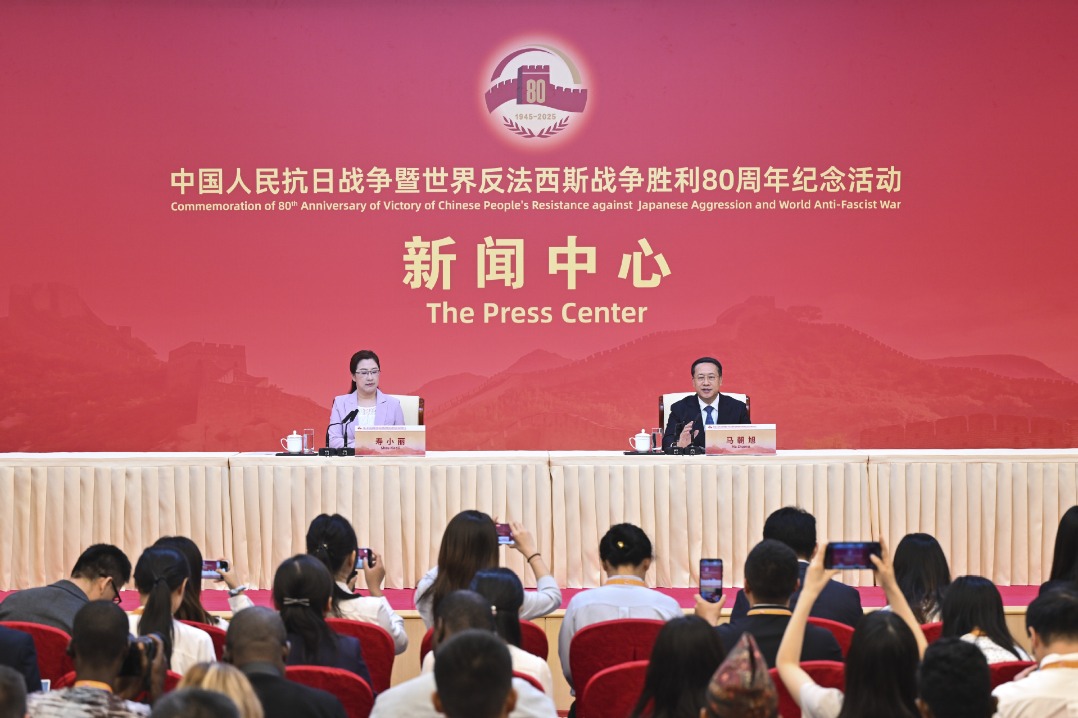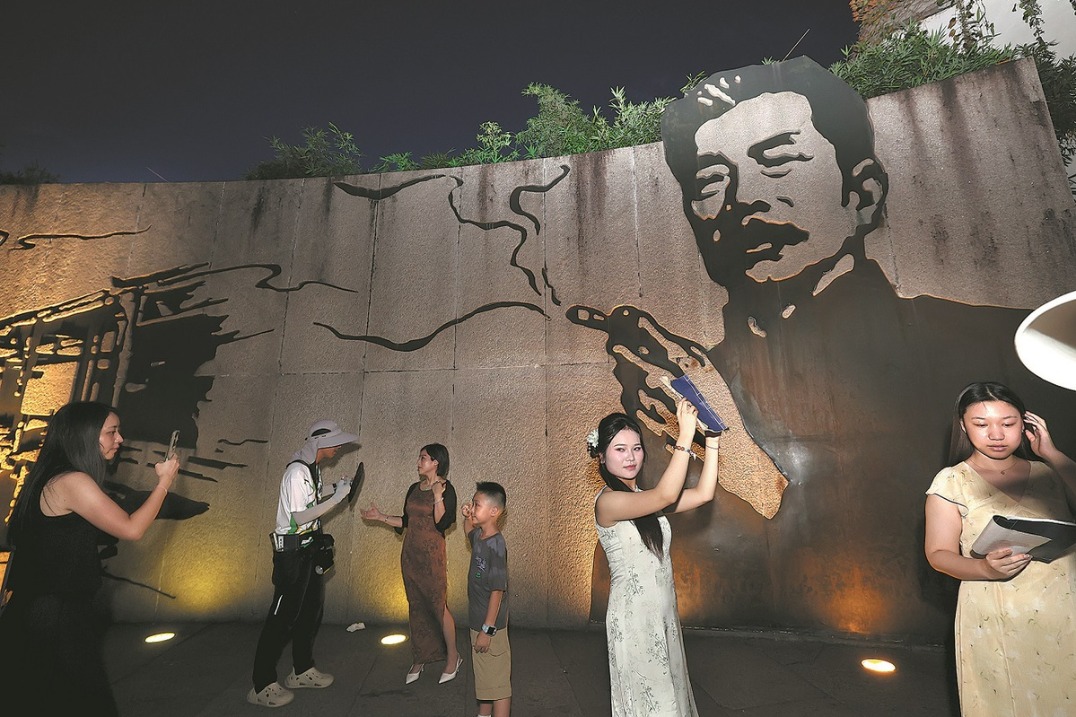THE GRASSLAND CAPITAL
Archaeological excavations unearth the political, cultural and economic nerve center of the Liao Dynasty, offering an unprecedented insight into the lives of the nomadic Khitan people, Wang Kaihao reports in Chifeng, Inner Mongolia.

Vast swathes of the grassland held an incredible secret close to its chest for centuries until archaeologists came looking and discovered the 1,100-year-old ruins of a capital city.
Shangjing (upper capital) city of the Liao Dynasty (916-1125) sprawled for five square kilometers in Baarin Left Banner, a county-level administrative division of Chifeng in the Inner Mongolia autonomous region, about 600 kilometers northeast of Beijing.
Once an epitome of prosperity, the buried city offers a grand recollection of how the nomadic Khitan people governed the extensive grassland beyond the Great Wall. It also gives a fair idea about cultural exchanges among various ethnic groups.
The credit of uncovering the unknown largely goes to 56-year-old Dong Xinlin, a researcher with the Institute of Archaeology, Chinese Academy of Social Sciences. He devoted 20-odd years to decoding historical riddles surrounding the Liao Dynasty and his perseverance has borne fruit.
"The city was not just the political, cultural and economic center of the Liao Dynasty, but also the first-ever capital built by nomads on the grassland of North China," Dong tells China Daily.
This year's excavation work at Shangjing is expected to continue until October. Standing on the city's earthen outer boundary walls, which are still six to 10 meters above ground, he is optimistic about more discoveries.
"The city is a milestone of urban construction in ancient China, and many parts of history that have not been documented wait to be unearthed," he says.
In 2021, the Shangjing site was included in the list of the Top 100 Archaeological Findings in the Last 100 Years, which was revealed by the National Cultural Heritage Administration to honor the centennial of the birth of modern Chinese archaeology. Only three sites from Inner Mongolia made it to the list.
An emperor's legacy
Shortly after founding the Liao Dynasty, Khitan leader Yelyu Abaoji-an iconic figure in Chinese history-decided to build Shangjing as his national capital. Successors to his throne followed the nomadic lifestyle. Four more capitals were set up in the following decades, as where the emperor was where the capital was set. Beijing, for example, became the "southern capital" of Liao.
"Shangjing indisputably had the principal status while the other four cities were more like provisional capitals," Dong says.
Apart from vague descriptions in surviving historical documentation, the earthen mounds and walls, and scattered constructions of the Liao Dynasty in Baarin Left Banner, people mostly relied on imagination to connect the dots until the recent decades of archaeological work.
Dong visited the Shangjing site for the first time in 1998 and was fascinated by the possibilities it presented. In the years that followed, he covered every hill and knoll in the region, went to Yelyu Abaoji's mausoleum and where the Khitan leader's ancestors rested, and studied in detail the early history of the Liao Dynasty.
Many constructions were believed to have been destroyed during the war that ended the Liao regime. The Jurchen people, who established the Jin Dynasty (1115-1234), seized Shangjing in 1120 and massively altered the original structure of the city, which was then resided for a century before being abandoned.
Dong's persistence helped his team piece together the scattered and deeply buried puzzles, particularly after 2011, when large-scale excavation at the site was formally launched for the first time.
A decade of relentless fieldwork unveiled some of the city gates, which provided key clues to the evolution of this urban center. Ruins of the imperial enclosure, including palaces, were found, and so were many city streets. "We, thus, laid hands on rare physical materials to understand how the architecture developed," Dong says.
The Liao Dynasty was widely thought to inherit its style from the Tang Dynasty (618-907), a pinnacle of social prosperity during China's imperial period. From a mound in the west of the city, Dong's team unearthed a temple courtyard with three hexagonal pagoda foundations. Numerous exquisite earthen Buddhist statues were also uncovered.
"The Liao temple complex was continuously used by the Jin Dynasty that followed. It has been the best-preserved Liao-Jin temple ruins unearthed in archaeological researches so far," Dong says.
According to the expert, Buddhism developed fast under the Liao rule owing to upper class patronage, and the dynasty then became a key contributor to spreading the religion in East Asia.
In recent years, approaches of natural sciences have intensively been used in research work on Shangjing to enrich information through animal remains, plant seeds and the natural environment.
"Ancient documentation mostly focused on the stories of rulers and noblemen. But these interesting details vividly reflect how the common people made a living. It helps fill in the gaps in historical records," Dong says.
Knowledge refreshed
The in-depth studies on Shangjing's layout have offered new and crucial knowledge about Khitan beliefs. For example, unlike most ancient capitals in China whose front gates faced southward and central axes went from south to north, the front city gate of Shangjing faced east and its central axis went from east to west. Dong's research thus indicates that the east was of particular significance to the nomadic clan.
The northern half of the city was designed into homocentric squares, which inherited traditions of the Han people. The northern and southern parts were separated by a river. Their major residents were Khitans and the Han people, respectively, and the two halves were governed by different systems.
"On the one hand, the Liao Dynasty emperors followed the principle to govern different people based on their customs," Dong says. "On the other hand, when building this city, they adopted feng shui and the idea of central dynasties of China to prioritize imperial power. It is thus a perfect example of a shared community comprising different ethnic groups."
In old narratives, the Liao Dynasty was often portrayed as having tense relations with the Northern Song Dynasty (960-1127), which ruled most parts of present-day Central, East and South China, but discoveries in Shangjing proved otherwise.
After Liao and Northern Song reached a truce in 1005, there was lasting peace between the two sides. Northern Song currencies found in Shangjing, for example, reflect their frequent trade exchanges. As Dong points out, the era marked a booming period of North-South cultural communication.
"Archaeological evidence has shown that the Khitan people inherited Tang Dynasty traditions in many ways, not only in terms of architecture," he says.
"Northern Song or Liao, if we take one side to see the other, our viewpoint will be biased. But if we put both in a bigger picture of China as a nation, our understanding of a united country with multiple ethnic groups will be greatly enriched," he adds.
Ongoing excavation in the southwest of the Shangjing site may unveil more clues to show such cultural links. As historical documentation indicates that Yelyu Abaoji once ordered the building of Taoist and Confucius temples in this area, archaeologists expect to find more physical evidence showing how the Khitan ruler introduced the culture of the Central China Plains in his governing system.
Wang Ying, an archaeologist who has followed Dong to work on Shangjing in the past decade, says some architectural foundations from the Jin Dynasty have been unearthed in the region since June.
More significant Liao-era relics may lie beneath, but Wang prefers to work scrupulously on current findings, rather than hastily dig deeper. "The work has to be cautious," she says. "We expect to solve as many puzzles as we can within relatively small excavated areas."
The communication network of Liao went far beyond Northern Song, archaeologists believe. "The Shangjing city was a key node on the ancient Silk Road across the grassland. The network reached West and Central Asia, the Korean Peninsula and Japan. Khitan people made great contributions to the cultural communication between China and the rest of the world," Dong says.
That explains why "Khitan" is still used in some Slavic languages, including Russian, to refer to China even today.
Generations of protectors
In 1961, Shangjing was included in China's first list of key cultural heritage sites under national-level protection. Since then, it has been carefully guarded by generations of Baarin Left Banner inhabitants. In the past decades, they have seen off several proposals of construction within the earthen walls of the city ruins.
In 2002, a regulation for protection of the Shangjing site was promulgated. In 2012, shortly after the archaeological mission was launched, the site was included in China's tentative list for seeking UNESCO World Heritage status.
According to Wang Lijun, deputy director of culture and tourism department of the Banner government, concerted efforts have been made since to ensure the safety of the ruins. A national highway was realigned to spare the site and hundreds of families who once lived close by were relocated.
Baarin Left Banner may not be a cash-rich county, but Wang Lijun considered spending on protecting the site essential. "Generations of people have taken care of the ruins. It is a responsibility we owe to history," he says.
The need for urban expansion notwithstanding, people here know there's a line they cannot cross. "As an archaeologist, I have great respect for this determination of the area's residents," Dong says.
Having played his part at Shangjing for decades, Dong knows he will have to hand over the baton someday and hence, the site is now a regular training base for young scholars, particularly those specialized in urban archaeology.
Wang Ying, 39, has grown into a top-tier expert on Shangjing and is now in charge of daily fieldwork. Being away from home for months at a stretch, this mother has brought her 4-year-old to the site for the summer. Here's perhaps the beginning of yet another story of unwavering devotion.
Yuan Hui contributed to this story.
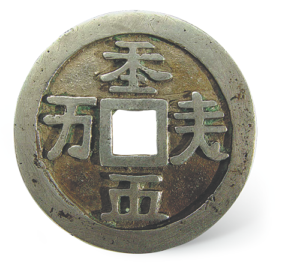
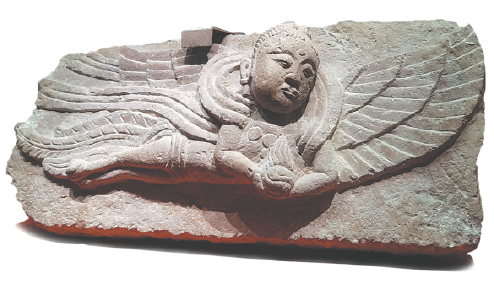

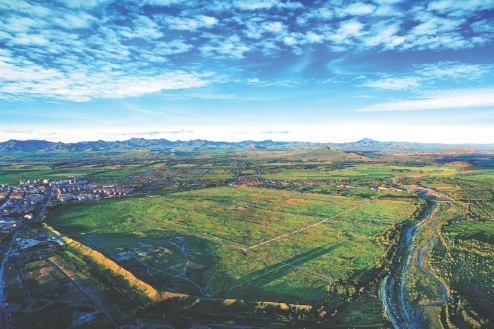

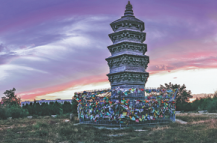
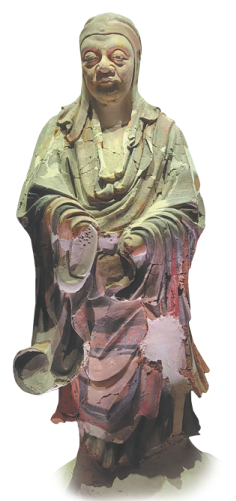


Today's Top News
- East–West concert honors war's victims
- Qingdao-based area emerges as rising hub for regional growth
- Port city ramping up educational resources
- Leadership highlights ethnic unity
- Xi stresses persistent efforts to improve Party conduct
- Xi chairs meeting on ideological work, draft ethnic unity law




















